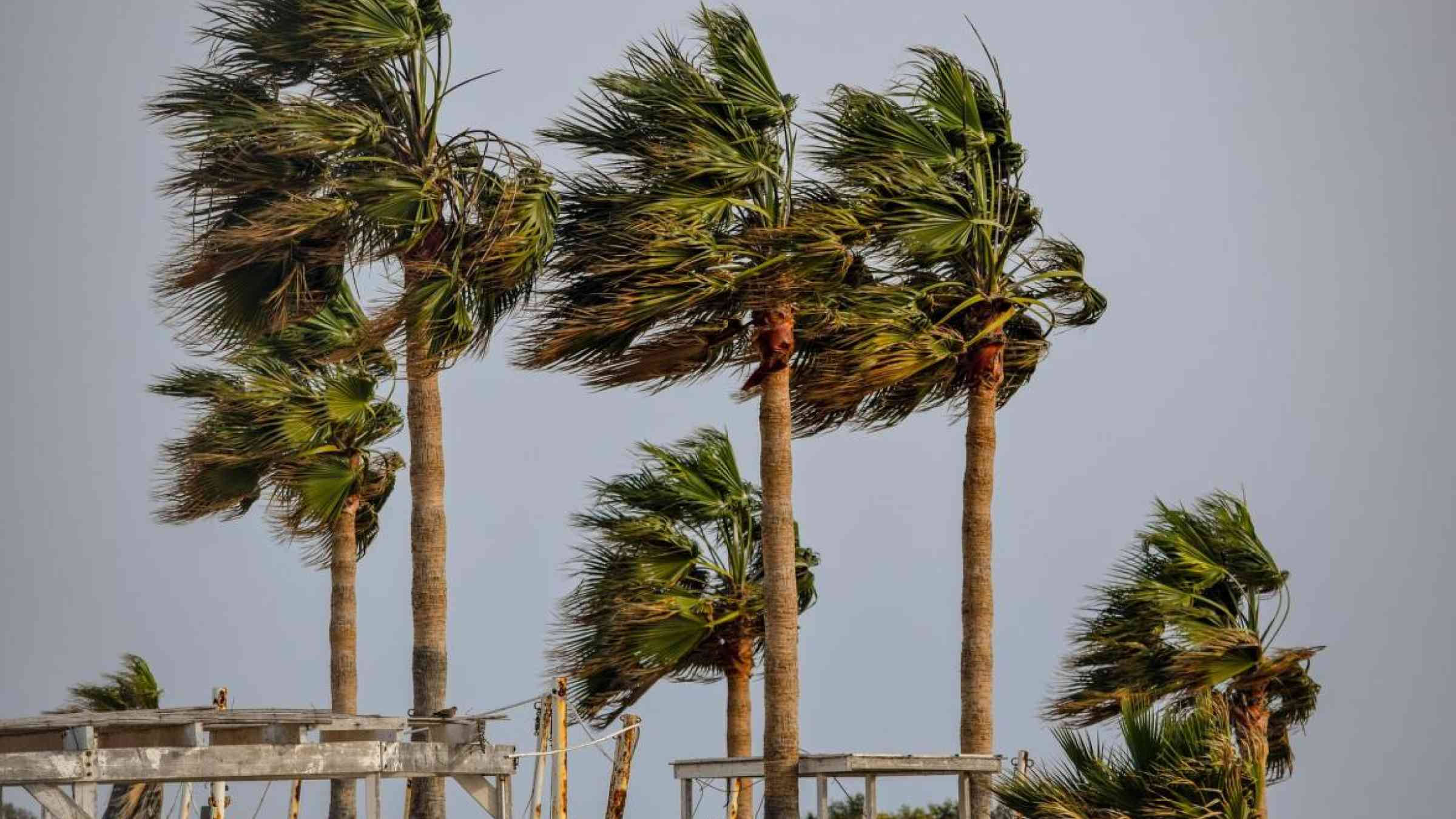Protecting the most vulnerable amidst COVID-19 and Cyclone Amphan

By Sanjay K Srivastava, Chief, Disaster Risk Reduction, ICT and Disaster Risk Reduction Division (IDD)
Last week saw a ‘crisis on top of a crisis’ in South Asia – the unprecedented impacts of the COVID-19 pandemic in the region was followed by the most powerful cyclone to strike India and Bangladesh for 20 years. Cyclone Amphan claimed over 100 lives and destroyed the homes and livelihoods of thousands of families already struggling to cope with the COVID-19 crisis. The Asia-Pacific Disaster Report 2019 identifies these coastal regions of South Asia as a multi-hazard risk hotspot where poverty, inequalities and environmental degradation converge with disaster risks. Within the hotspot, risks to lives and livelihoods are now further compounded by the fast spreading COVID-19. Nevertheless, the preparedness and response to Cyclone Amphan have revealed three key enablers that protect the most vulnerable people when hazards intersect with COVID-19:
1. Effective early warning systems must address risk scenarios and potential impacts.
In the past, similar tropical cyclones caused many thousands of deaths. The deadliest tropical cyclone on record, the Great Bhola Cyclone in November 1970, killed between 300,000 to 500,000 people in modern-day Bangladesh and resulted in the 1972 establishment of an inter-governmental platform to institutionalize the regional cooperation mechanism, the WMO/ESCAP Panel on Tropical Cyclones. The platform is supported by the WMO Regional Specialized Meteorological Centre (RSMC) in New Delhi and maintains a network between the cyclone early warning systems in South and South West Asia. Further, substantial advances in cyclone early warning systems in recent years have enabled both India and Bangladesh to pursue successful zero-casualty policies.
As it progressed through the Bay of Bengal, Amphan intensified rapidly on 17 May to become a “Super Cyclonic Storm” of category 5. However, it weakened ahead of landfall to category 3 on 20 May. The RSMC captured the dynamics of rapid intensification of Amphan and accurately predicted its track and landfall with sustained wind speed and torrential rainfall, between Digha (West Bengal) and Hatiya Islands (Bangladesh). The Indian Meteorological Department warned that a storm surge of up to 4-5 meters above astronomical tide would impact the inundated low-lying areas of West Bengal. The Bangladesh Meteorological Department for the first time introduced regular storm surge forecasts. An accurate early warning coupled with appreciable lead time, dynamic risk scenarios of the rapidly intensifying cyclone, and impact forecasts, all guided the response and evacuation processes.
2. Evacuation measures must be risk-informed.
As Amphan arrived, India and Bangladesh were both struggling with rising COVID-19 infections. India had already surpassed 100,000 infections. Lockdowns and travel restrictions complicated the response and evacuation process. Furthermore, the cyclone struck densely populated low-lying coastal areas of Odisha, West Bengal and adjoining Bangladesh, where cyclone shelters, community buildings and schools typically used as the evacuation centres had been converted into quarantine facilities. Many of these centres were also housing immigrant populations, who were undergoing mandatory quarantine processes after arriving from different cities and states during the lockdown periods. The challenge was to protect the vulnerable people within emergency shelters, from Cyclone Amphan as well as COVID-19.
The substantial lead-time of the early warning combined with the impact-based forecasts of the cyclone, allowed the authorities of India and Bangladesh to repurpose the shelters to address diverse community risk profiles. A composite risk matrix approach that included the impact parameters of Amphan as well as those of COVID-19 helped design a complex system of evacuation shelters for 3 million people, informed by specific vulnerabilities. Where the risk of COVID-19 transmission was high, shelters were kept only half full in order to facilitate social distancing, whilst shelters in areas with highest exposure to the cyclone operated at full capacity. Ultimately, the impact-based, risk-informed early warning systems guided the complex response including a large-scale evacuation which saved lives.
3. Amphan demonstrates that nature-based solutions offer buffers against cyclones.
ESCAP’s analytical report ‘Ocean accounting for disaster resilience’ reviews various case studies and highlights how natural coastal ecosystems act as a buffer against cyclones, by reducing wind speeds and storm surges and therefore protecting communities from the worst impacts. This was demonstrated during Cyclone Amphan, as the Sundarbans, the world’s largest mangrove forest on a vast delta, weakened the cyclone ahead of its landfall from a super cyclone to a very severe cyclonic storm. As a result, the wind speeds, storm surges and flooding to coastal areas of West Bengal in India and Bangladesh were reduced. The importance of nature-based solutions for protecting the most exposed communities from hazards was clearly evident.
ESCAP’s Asia-Pacific Disaster Resilience Network – a network of networks that also includes the WMO/ESCAP Panel on Tropical Cyclone, is configured across the multi-hazard risk hotspots. Building on regional co-operation framework, it is an effort to promote impact-based, risk-informed early warning systems that address cascading disasters.